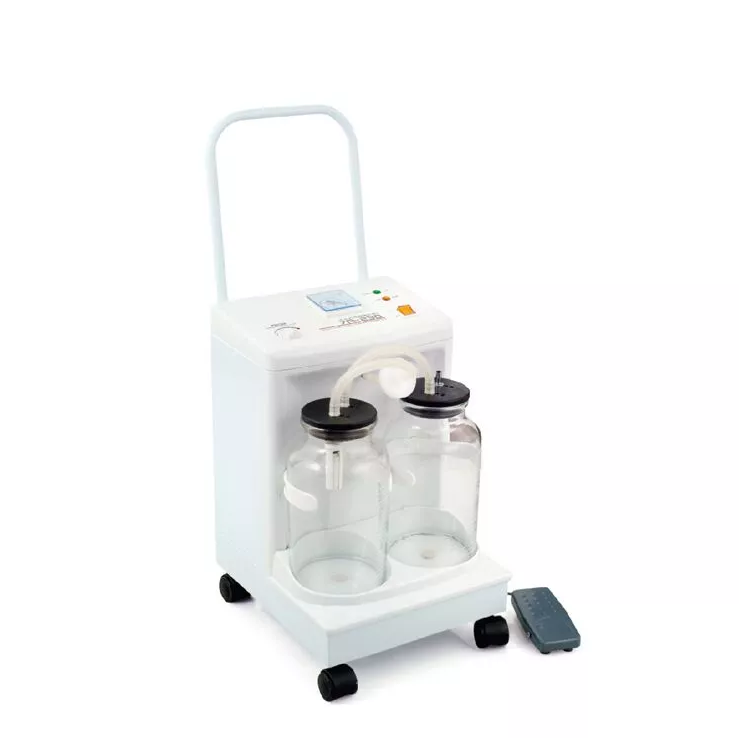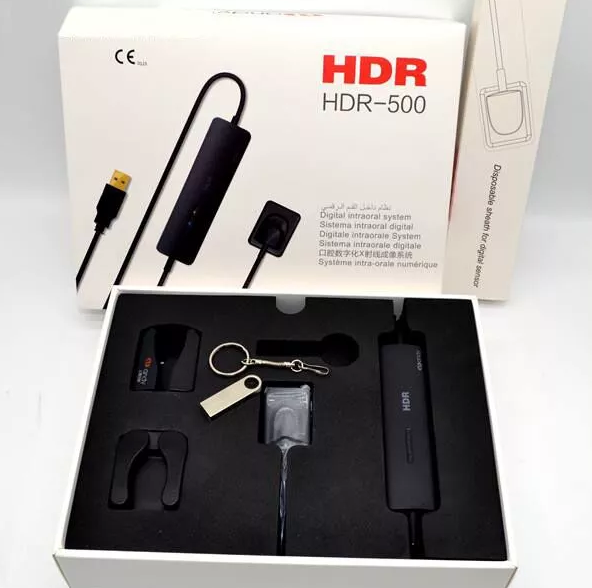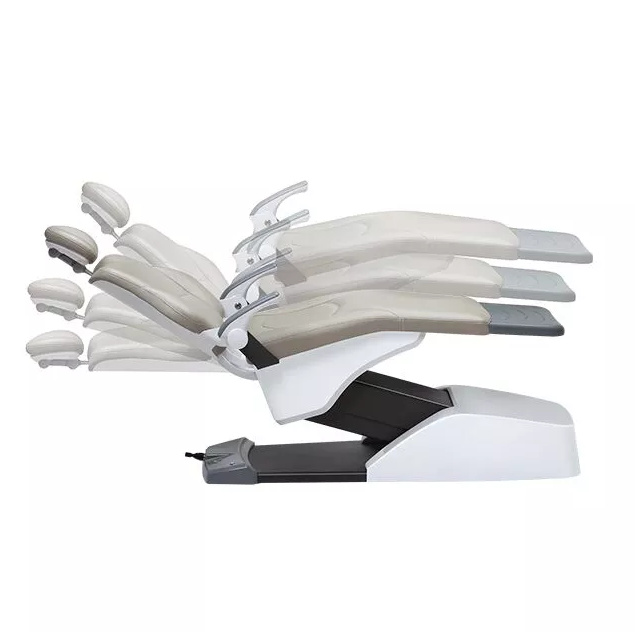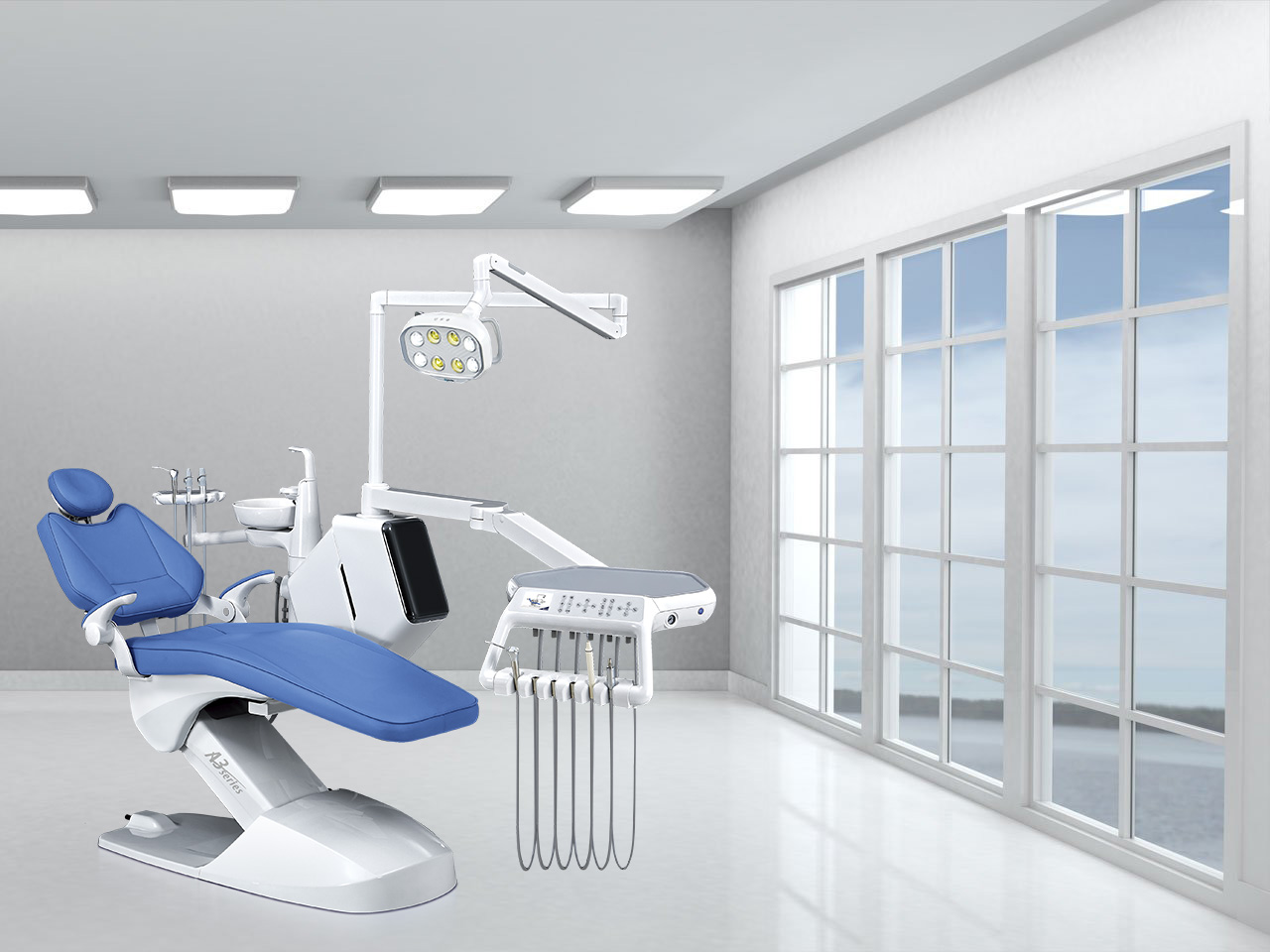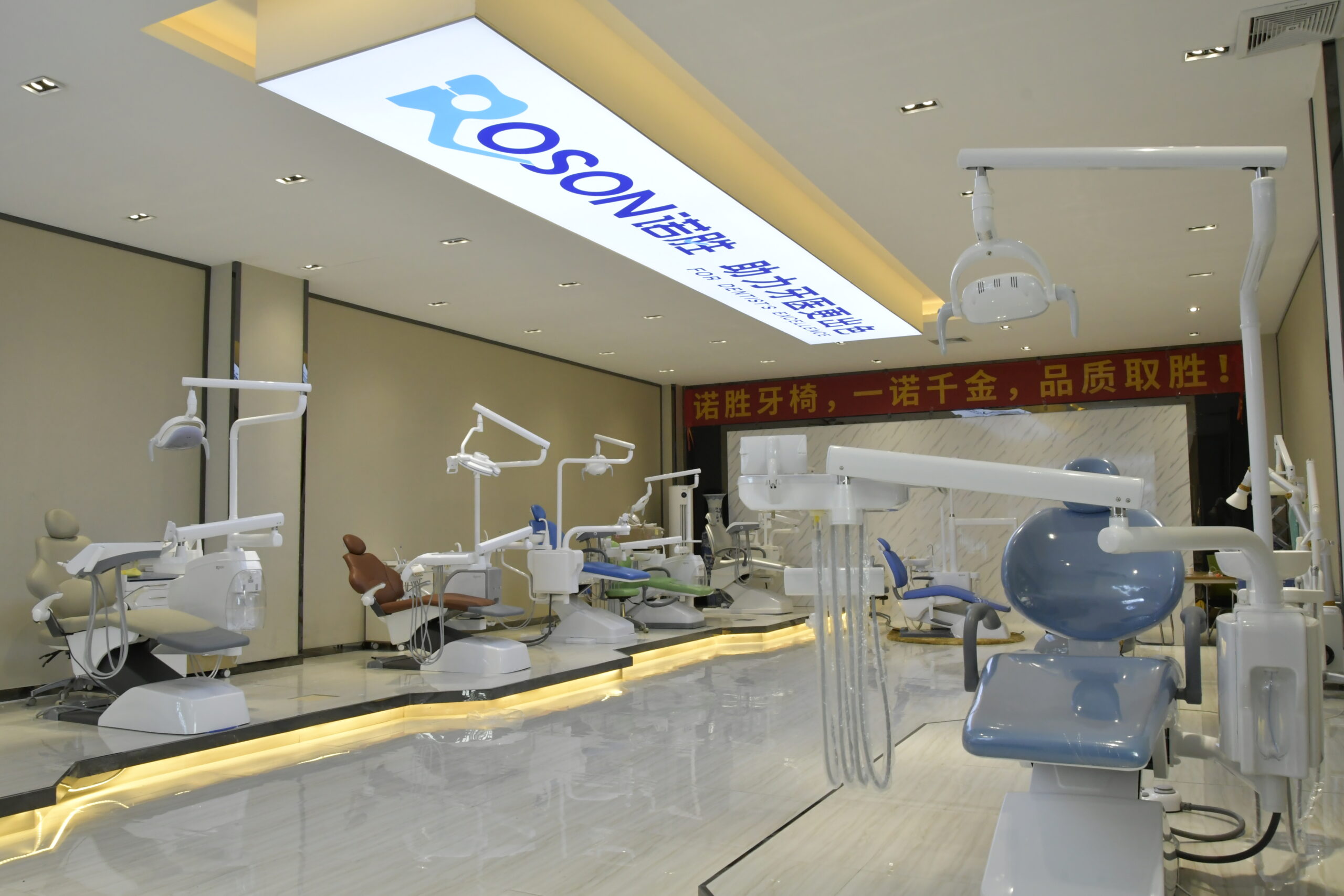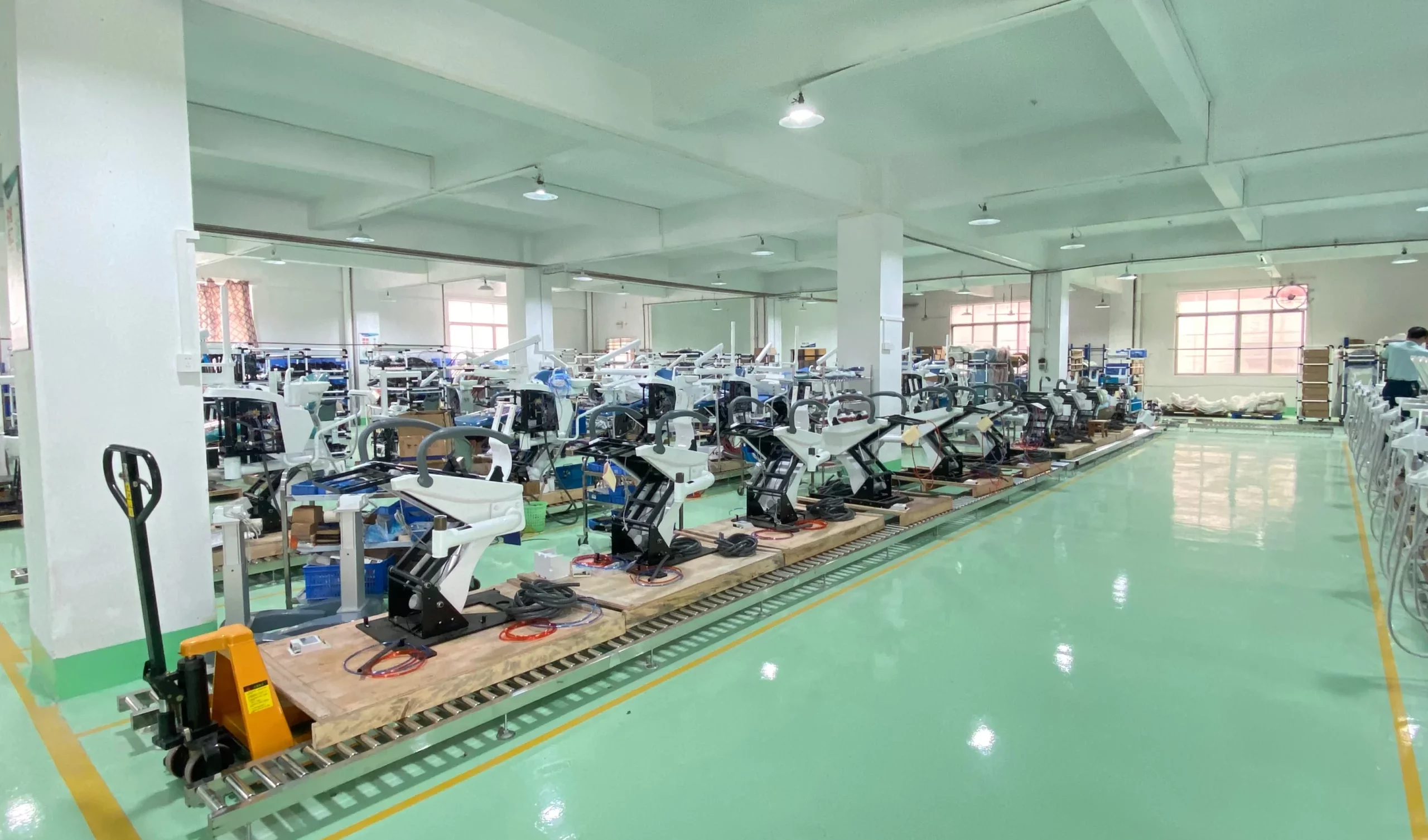In the ever-evolving landscape of modern dentistry, technological advancements play a pivotal role in enhancing precision, efficiency, and patient comfort. At the heart of many dental procedures lies the micromotor, a device crucial for various applications in dental practices. Among the latest innovations, brushless micromotors have emerged as game-changers, offering unparalleled advantages over their brushed counterparts. This blog takes you on a journey through the significance, evolution, and key features of dental brushless micromotors, with a special focus on the manufacturer, ROSON.
Understanding Dental Micromotors
1. Dental Procedures in Motion
Micromotors are the unsung heroes in the dental world, powering a multitude of procedures that demand precision and control. From cavity preparations to crown installations, micromotors are the driving force behind these intricate tasks. In a traditional setup, brushed micromotors have been the norm, but the advent of brushless technology has ushered in a new era of efficiency.
2. Brushed vs. Brushless: A Comparative Analysis
The comparison between traditional brushed micromotors and their brushless counterparts is striking. Brushless micromotors operate without the friction and wear associated with brushes, resulting in less heat generation and increased overall efficiency. This fundamental difference translates into a more reliable and long-lasting tool for dental practitioners.
The Evolution of Brushless Technology
1. Historical Perspectives
To truly appreciate the marvel of brushless micromotors, one must delve into the historical development of this technology in dental equipment. The transition from brushed to brushless is not just a shift in design but a leap forward in performance and reliability. ROSON, as a leading manufacturer, has been at the forefront of this evolution, contributing significantly to the advancements in dental technology.
2. Advantages Over Brushed Micromotors
The advantages of brushless micromotors are substantial. With fewer components prone to wear and tear, these devices boast a longer lifespan and reduced maintenance requirements. The absence of brushes also means less friction, resulting in quieter and smoother operation – a benefit appreciated by both dental professionals and patients alike.
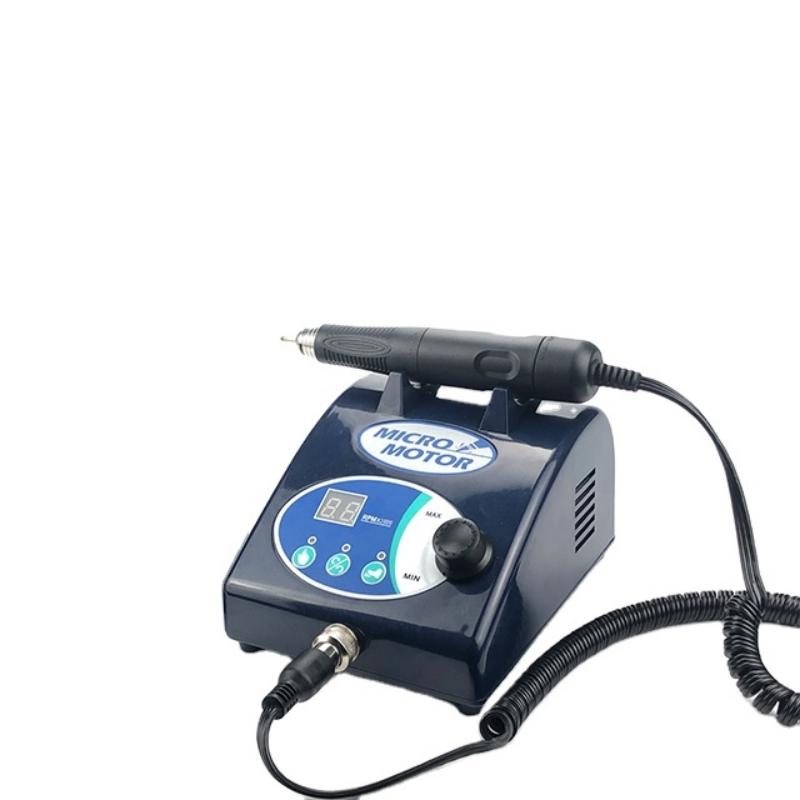
Key Features of Dental Brushless Micromotors
1. Enhanced Torque and Precision
One of the standout features of brushless micromotors is their ability to deliver high torque and precision. The brushless technology optimizes power delivery, ensuring that dental procedures, no matter how delicate, are executed with utmost accuracy. ROSON, as a reputable manufacturer, has fine-tuned this aspect to meet the demanding standards of modern dentistry.
2. Reduced Noise and Vibration
The traditional soundtrack of dental procedures, characterized by the buzzing of micromotors, has undergone a transformative change with brushless technology. ROSON’s brushless micromotors operate with reduced noise and vibration, fostering a more comfortable environment for both practitioners and patients. This shift towards a quieter operation is indicative of the commitment to improving the overall dental experience.
3. Long Lifespan and Low Maintenance
Durability is a hallmark of brushless micromotors, and ROSON has set a high standard in this regard. With fewer components prone to wear, these micromotors exhibit a prolonged lifespan, translating into cost savings for dental practices. Additionally, the reduced maintenance requirements free up valuable time for dental professionals, allowing them to focus more on patient care.
Applications in Dentistry
Brushless micromotors have found widespread applications in various dental procedures, showcasing their versatility and efficiency. From restorative dentistry to endodontics, these micromotors excel in providing precise control and high torque. For instance, in cavity preparation for dental fillings, the brushless micromotor allows for intricate shaping while minimizing vibration, resulting in more comfortable and accurate procedures.
Real-world examples and case studies further illustrate the success of brushless micromotors in dental practices. In prosthodontics, the ability to adjust and polish dental prosthetics with precision is crucial. ROSON’s brushless micromotors have been instrumental in achieving seamless restorations, contributing to improved patient satisfaction and enhanced overall outcomes.
Choosing the Right Dental Brushless Micromotor
Selecting the appropriate brushless micromotor for dental practices involves considering various factors to ensure optimal performance and cost-effectiveness. The reliability and longevity of ROSON’s brushless micromotors make them stand out in the market. When comparing different types of dental micromotors, it becomes evident that brushless technology offers superior performance with lower maintenance requirements, ultimately leading to cost savings over time.
Dental professionals must assess the specific torque and speed requirements for different procedures to match them with the capabilities of the micromotor. ROSON’s range of brushless micromotors provides options with customizable settings, allowing practitioners to tailor the device to their unique needs.
Maintenance Tips for Dental Professionals
Proper care and maintenance are crucial to maximizing the lifespan of brushless micromotors. ROSON provides comprehensive guidelines to dental professionals to ensure optimal functionality. Regular cleaning and lubrication of the micromotor’s components, as recommended by the manufacturer, are essential to prevent wear and tear.
To troubleshoot common issues, dental professionals should be familiar with the micromotor’s manual and readily available support resources from ROSON. Quick identification and resolution of problems, such as overheating or abnormal noise, can prevent more extensive damage and downtime.
Future Trends in Dental Technology
As technology continues to advance, the dental industry is witnessing the integration of cutting-edge solutions. Brushless micromotors, with their precision and efficiency, align seamlessly with the future trends in dental technology. ROSON is at the forefront of incorporating emerging technologies, ensuring that their brushless micromotors remain state-of-the-art tools for dental professionals.
The integration of artificial intelligence (AI) and connectivity features is a promising avenue for the future of dental equipment. ROSON’s commitment to innovation positions their brushless micromotors as adaptable to these advancements, enhancing the overall efficiency and workflow in dental practices.
Conclusion
In conclusion, the integration of brushless micromotors into modern dental practices represents a significant leap forward. As we navigate this era of technological innovation, manufacturers like ROSON are playing a crucial role in shaping the future of dentistry. The high torque, precision, reduced noise, and extended lifespan of brushless micromotors underscore their importance as indispensable tools for dental professionals dedicated to providing exceptional care. Embracing this evolution is not just a step forward; it’s a leap into a future where efficiency and patient well-being go hand in hand.


